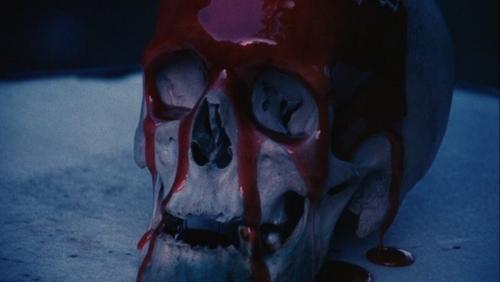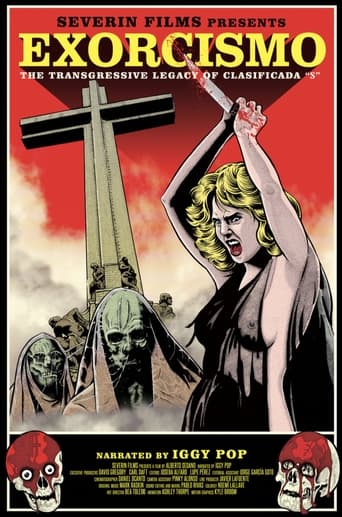Exorcismo: The Transgressive Legacy of Clasificada 'S'
5.5
Documentary
Rated:
2024
2h5m
On:
Country: United States of America
Franco's death in 1975 opened the doors to the possibility of uncensored cinema. After two years in which censorship was relaxed, in 1977 it was completely abolished, and the “S” classification was created to protect viewers from those films that could “hurt their sensitivity.” The “S” classification was granted when the content was especially violent, sexual or political, creating a mixed bag in which all types of unclassifiable films could fit. In force from 1978 to 1983, this classification turned out to be a great commercial attraction for a society that had suffered four decades of national-Catholic dictatorship and repression. Franco's death in 1975 opened the doors to the possibility of uncensored cinema. After two years in which censorship was relaxed, in 1977 it was completely abolished, and the “S” classification was created to protect viewers from those films that could “hurt their sensitivity.” The “S” classification was granted when the content was especially violent, sexual or political, creating a mixed bag in which all types of unclassifiable films could fit. In force from 1978 to 1983, this classification turned out to be a great commercial attraction for a society that had suffered four decades of national-Catholic dictatorship and repression. Franco's death in 1975 opened the doors to the possibility of uncensored cinema. After two years in which censorship was relaxed, in 1977 it was completely abolished, and the “S” classification was created to protect viewers from those films that could “hurt their sensitivity.” The “S” classification was granted when the content was especially violent, sexual or political, creating a mixed bag in which all types of unclassifiable films could fit. In force from 1978 to 1983, this classification turned out to be a great commercial attraction for a society that had suffered four decades of national-Catholic dictatorship and repression. Franco's death in 1975 opened the doors to the possibility of uncensored cinema. After two years in which censorship was relaxed, in 1977 it was completely abolished, and the “S” classification was created to protect viewers from those films that could “hurt their sensitivity.” The “S” classification was granted when the content was especially violent, sexual or political, creating a mixed bag in which all types of unclassifiable films could fit. In force from 1978 to 1983, this classification turned out to be a great commercial attraction for a society that had suffered four decades of national-Catholic dictatorship and repression.



 AD
AD

